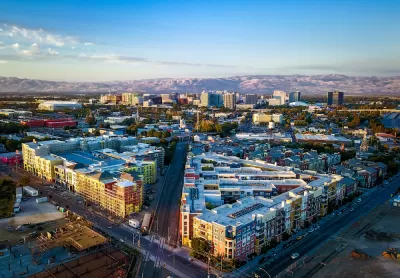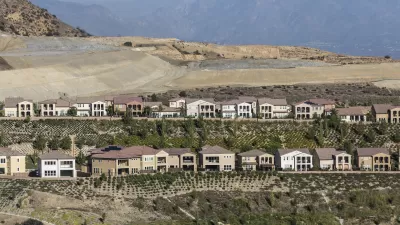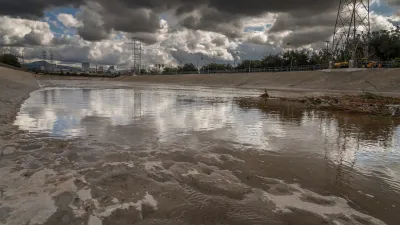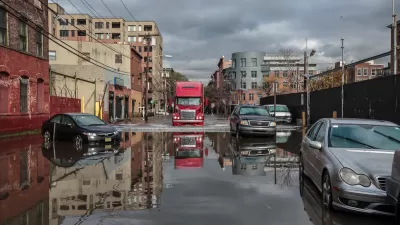Although no U.S. region has yet to even get halfway to sustainability goals set by the Paris Climate Agreement, certain U.S. cities are doing better than the rest.

Teresa Mathew reports: "U.S. coastal cities are coming the closest to meeting sustainability goals set by the UN, according to the first analysis of 100 metropolitan cities by the Sustainable Development Solutions Network (SDSN)."
"The Sustainable Development Goals Index measures how successfully cities are dealing with issues related to poverty, health, and equitable income distribution in addition to climate change objectives like cutting large carbon emissions," according to Mathew's explanation of the sustainability goals in question. According to the index, San Jose-Sunnyvale-Santa Clara has the highest score on the index, with 61.04. Provo-Orem is second on the list, but regions located in coastal states dominate the top ten.
Although it might seem like coastal proximity is an incentive to address the threats and challenges of climate change, Baton Rouge brings up the rear on the list of 100 "city regions." The Silicon Valley's top performance in the analysis would seem to contradict complaints about the tendency of Silicon Valley companies to build suburban-style campuses, away from transit, and Silicon Valley cities that have historically opposed land use regulations that could allow for new housing developments.
Mathews explains a few other big takeaways from the analysis, including he connection between poverty and emissions.
FULL STORY: America's Most (and Least) Sustainable Cities, Ranked

Planetizen Federal Action Tracker
A weekly monitor of how Trump’s orders and actions are impacting planners and planning in America.

Congressman Proposes Bill to Rename DC Metro “Trump Train”
The Make Autorail Great Again Act would withhold federal funding to the system until the Washington Metropolitan Area Transit Authority (WMATA), rebrands as the Washington Metropolitan Authority for Greater Access (WMAGA).

The Simple Legislative Tool Transforming Vacant Downtowns
In California, Michigan and Georgia, an easy win is bringing dollars — and delight — back to city centers.

The States Losing Rural Delivery Rooms at an Alarming Pace
In some states, as few as 9% of rural hospitals still deliver babies. As a result, rising pre-term births, no adequate pre-term care and "harrowing" close calls are a growing reality.

The Small South Asian Republic Going all in on EVs
Thanks to one simple policy change less than five years ago, 65% of new cars in this Himalayan country are now electric.

DC Backpedals on Bike Lane Protection, Swaps Barriers for Paint
Citing aesthetic concerns, the city is removing the concrete barriers and flexposts that once separated Arizona Avenue cyclists from motor vehicles.
Urban Design for Planners 1: Software Tools
This six-course series explores essential urban design concepts using open source software and equips planners with the tools they need to participate fully in the urban design process.
Planning for Universal Design
Learn the tools for implementing Universal Design in planning regulations.
Smith Gee Studio
City of Charlotte
City of Camden Redevelopment Agency
City of Astoria
Transportation Research & Education Center (TREC) at Portland State University
US High Speed Rail Association
City of Camden Redevelopment Agency
Municipality of Princeton (NJ)





























